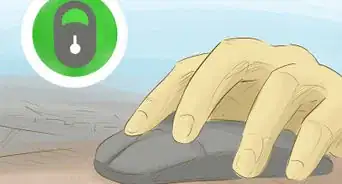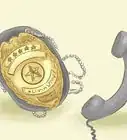X
This article was co-authored by Paul Chernyak, LPC. Paul Chernyak is a Licensed Professional Counselor in Chicago. He graduated from the American School of Professional Psychology in 2011.
This article has been viewed 24,889 times.
It can be frightening to be stalked, and reaching out for support can be difficult. As a friend, you may feel like there is nothing you can do, yet there are lots of ways to help someone who is being stalked. By being a supportive friend and helping the person to reach out for help, you can make a difference in keeping them safe.
Steps
Part 1
Part 1 of 3:
Showing Your Support
-
1Listen. Be willing to offer a listening ear to the person. The victim may feel frightened, scared, confused, sad, or hopeless. Let the person discuss feelings, thoughts, ideas, and plans. It’s not your job to take over, problem-solve, or do everything, just listen. If the individual asks for help, offer it, but don’t make it your job to solve all the problems. Focus on showing your support by listening without interrupting.
- For more information, check out How to Be a Good Listener.
-
2Avoid victim blaming. Show your support in all ways and don’t say anything that blames the victim. Saying things like, “If only you would have left the relationship sooner” or, “Well, you did leave the window unlocked” are not helpful. Nobody asks to be stalked and it is a terrifying experience. Avoid any criticisms or judgments and focus on helping the person.
- Avoid saying more subtle things that express blame as well, such as, "If only you had left sooner," or, "I wish you hadn't given your number out like that." Someone who says these things might mean well, but the phrasing implies that the person could have prevented being a victim, which isn't true.
Advertisement -
3Allow the person to make their own choices. Every stalking case is different. If you helped someone else with a stalker, don’t expect things to be the same with this friend. Be sensitive to differences and don’t make choices for the victim. Let this person make their own choices. You may wish to present options, but do not make the decisions for them.
- Especially if life feels out of control, it can be important for the person to have control over certain aspects of responding, as stalking can feel very out of control.
-
4Help tell others. While the victim may be nervous or afraid to tell friends and families about the stalking, it’s important that people know. The stalker may try to inadvertently get information from unsuspecting friends or family. For this reason, it’s important to alert those around the victim as to the situation.[1]
- Help the victim come up with a list of people to talk to about the stalking. You may wish to help tell friends and family members and alert them what to do in case the stalker comes around. You may want to provide a photo of the stalker.
Advertisement
Part 2
Part 2 of 3:
Keeping the Victim Safe
-
1Assess for immediate danger. If the person is immediate danger, call emergency services. Do not take any chances if someone’s life is in danger. Trust your instincts if you feel like there is danger. Treat all threats as real and immediate.[2]
- Whether a threat is direct or indirect, report it to law enforcement. You may also want to encourage the person to file a police report for things like vandalism or voyeurism. If the person feels overwhelmed, offer to call law enforcement.
-
2Offer to screen their calls and mail. Stalkers often harass their victims by calling frequently and sending frequent letters and emails. Consider offering to screen your friend’s phone calls, emails, and mail if there are concerns that the person might try to communicate in these ways. This may help to reduce your friend’s fear for a while.
-
3Help create a safety plan. A safety plan helps someone reduce the risk of harm from a stalker or stalking situation. It is an individualized approach for what the person is currently experiencing that can include certain steps, precautions, responses, and safety contacts. The safety plan may include a record of previous stalking attempts and police reports, a contact list of friends, family members, and professional help, and specific people to call or steps to take in certain situations.[3]
- You can help this person safety plan by including law enforcement and professional advocates.
-
4Be readily available to help. Encourage your friend to always have a charged cellphone with them. Keep your cellphone charged and accessible to take any phone calls. If your friend calls for help, be ready to spring into action. You may not be able to rush over, but you may be able to call authorities like law enforcement to assist your friend.
- You may want to create a codeword that signals danger. If your friend says the codeword, that means that they need immediate help.
-
5Find safe locations. The victim may feel unsafe wherever they go. Help your friend find safe spots, such as 24 businesses or highly populated areas.[4] You may want to accompany the person or switch off with other friends for a period of time so that your friend is not alone.
- If the person is being followed, tell them not to go home. Instead, go somewhere public where other people will be, or call emergency services.
- Encourage the person to change up their usual routine often to prevent the stalker from finding them throughout the day. For example, if the person usually goes to the gym after work, then they could alternate between going in the morning, during their lunch break, and after work.
-
6Help improve home security. You can help install security features with your friend. Install motion sensor lights outside and keep them on at night. Change the locks on all the doors and make sure all windows lock securely. Assess for any hiding places and remove them (such as shrubs or bushes). If the doors do not have peepholes, install peepholes.[5]
- Ask your friend to consider fostering or adopting a dog as a sort of alarm system.
Advertisement
Part 3
Part 3 of 3:
Handling Communication with the Stalker
-
1Encourage ceasing communication. Some victims may downplay the stalking, or try to be nice to make the stalker go away. Encourage your friend to firmly and calmly let the stalker know that contact is not appreciated and must stop immediately. Discuss the importance of not responding to texts, messages, emails, or phone calls.[6]
- Encourage your friend to call police immediately if accidental contact occurs and the stalker begins to follow the person.
-
2Allow contact only with police. Remind your friend that it is unsafe to allow contact from the stalker, even if the messages do not appear threatening. It is best to cut off all contact and not respond to any communication. Contact law enforcement, discuss the situation, and ask them to handle any further communication. If communication is necessary (for example, around child custody), the police are the only ones to contact the stalker.[7]
- If a meeting is absolutely necessary, meet at a safe public place, like the police station.
-
3Encourage the person to change phone numbers. If the person is being harassed, encourage them to get a new, unlisted phone number. Save the old phone number, or hand it over to law enforcement to screen calls. Save any phone calls or voicemails the person leaves, as these can be used against the person to build a criminal case.[8]
-
4Help protect the victim’s identity. Encourage the person to use a post office box (PO box) as an address. This can help protect their location and not disclose their home address.[9] You can also offer to collect this person’s mail for them.
- You may suggest getting a new email address and adjusting social media settings so that the stalker cannot get in contact. Encourage the person to use a different name on social media, change the photo, or block the stalker.
-
5Collect evidence. Collecting evidence is crucial when building a case against the stalker. Keep all items, emails, letters, voicemails, text messages, and video surveillance related to the person and the stalking. Help your friend to arrange the evidence chronologically and to keep it in a safe space. If your friend want to pursue a legal case, it is crucial to maintain all evidence.[10]
- if the stalker enters your friend’s property, encourage them to video or photograph the events (after they have made contact with the police) if it is safe to do so.
Advertisement
References
- ↑ https://www.stalkingriskprofile.com/victim-support/general-advice-for-victims
- ↑ http://www.novabucks.org/otherinformation/stalking/
- ↑ http://www.novabucks.org/otherinformation/stalking/
- ↑ http://www.safehorizon.org/page/what-should-i-do-if-i-am-being-stalked-27.html
- ↑ https://www.stalkingriskprofile.com/victim-support/general-advice-for-victims
- ↑ https://www.stalkingriskprofile.com/victim-support/general-advice-for-victims
- ↑ https://www.stalkingriskprofile.com/victim-support/general-advice-for-victims
- ↑ http://www.novabucks.org/otherinformation/stalking/
- ↑ http://www.safehorizon.org/page/what-should-i-do-if-i-am-being-stalked-27.html
About This Article
Advertisement
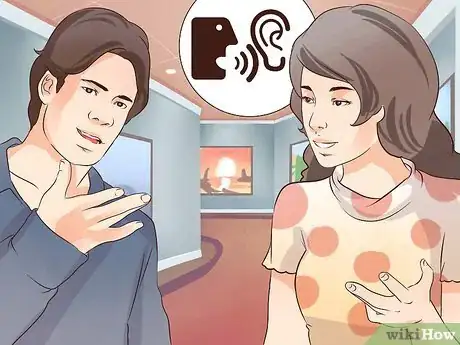
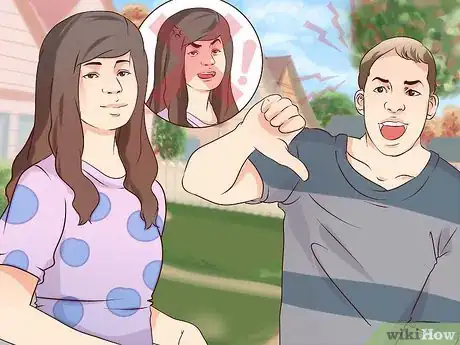
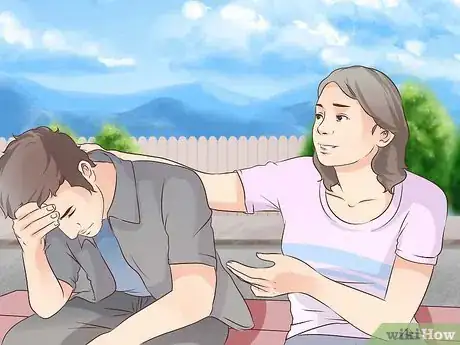

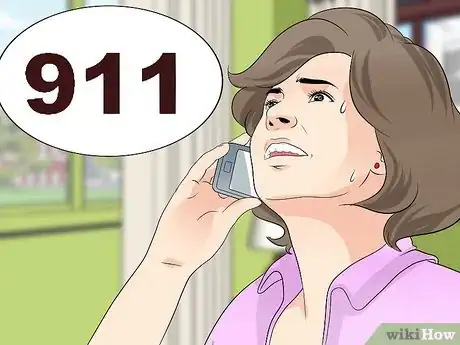
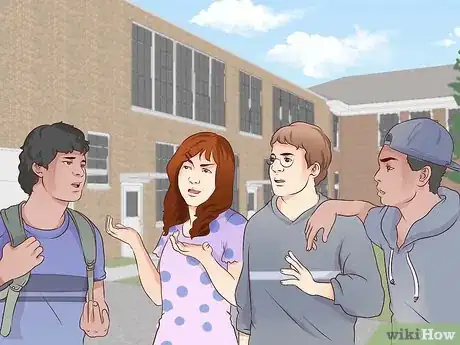

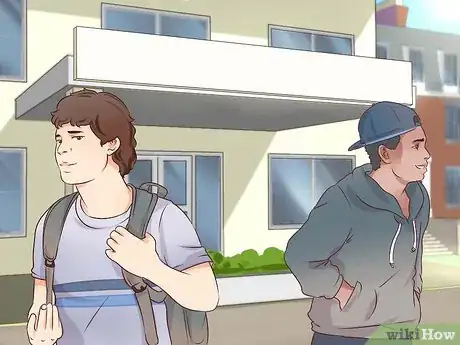
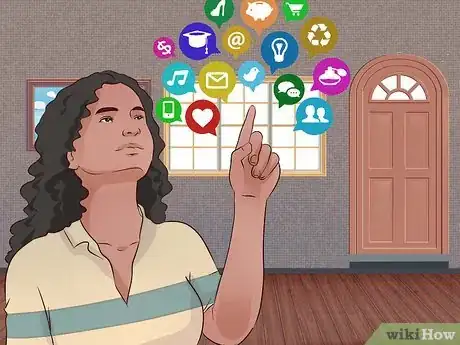
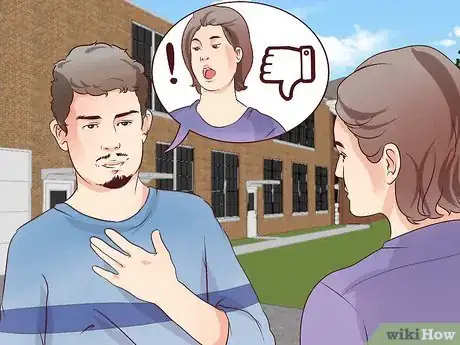
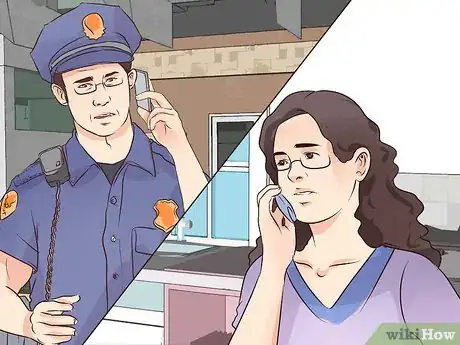
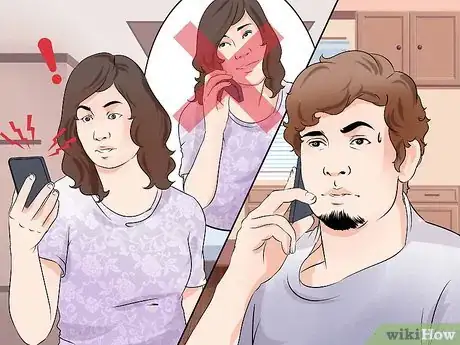
-Step-4-Version-2.webp)
-Step-9.webp)









